I’d always heard about Portugal’s scenic villages, but honestly, nothing really prepared me for the wild charm of Monsanto. This small village, perched high on a hilltop and wedged between massive granite boulders, looks almost too surreal to be real.
Monsanto stands out for its granite houses, literally built into and beneath enormous rocks. You just won’t find a landscape like this anywhere else.
As I wandered through Monsanto’s narrow, cobbled streets, every turn revealed something unexpected. There were homes pressed up against boulders, ancient walls, and views that stretched forever across the countryside.
The history here goes deep—people have lived in this spot since the Stone Age. It’s easy to see why Monsanto picked up the title of the “Most Portuguese Village.”
Exploring Monsanto felt a bit like stepping into a living museum. Stories and traditions seem to echo everywhere, and it’s clear they’ve survived for generations.
If you’re into quirky architecture or just want a quiet, beautiful escape, this hidden gem in Portugal offers an unforgettable walk through time.
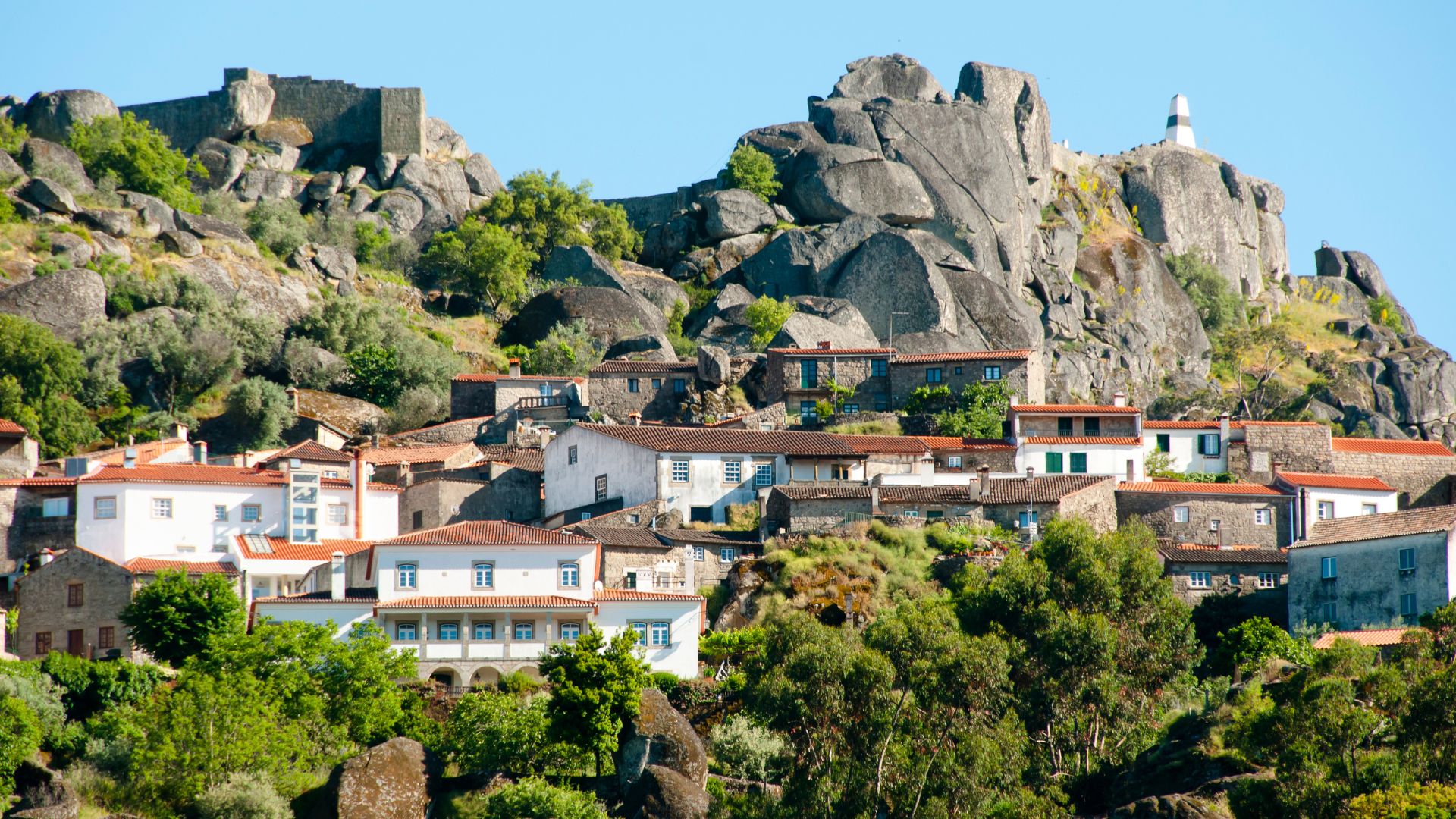
Discovering Monsanto: The Most Portuguese Village
Monsanto is a tiny, ancient village in Portugal, perched high up and famous for its stone houses built right into giant boulders. Walking those winding lanes, I found layers of history and a character that really sets Monsanto apart.
The History and Legacy of Monsanto
Monsanto’s story stretches back more than a thousand years. The village grew around a medieval castle, with thick granite walls that once protected locals from invaders.
The ruins of that castle still tower over Monsanto and offer jaw-dropping views of the countryside. Every time I paused to catch my breath, I’d spot chipped stone steps or mossy old walls—reminders that this place has survived a lot.
The village is packed with historic landmarks. The 12th-century castle is the main star, but you’ll also spot small chapels, pillories, and even ancient grain bins carved right into the rock.
It’s kind of wild to imagine people walking these same bumpy paths long before cars or even electricity.
Traditions still run strong in Monsanto. Local festivals, crafts, and even daily routines all feel tied to old Portugal.
When I visited, I got a real sense of both Portugal’s history and a way of life that’s vanishing fast.
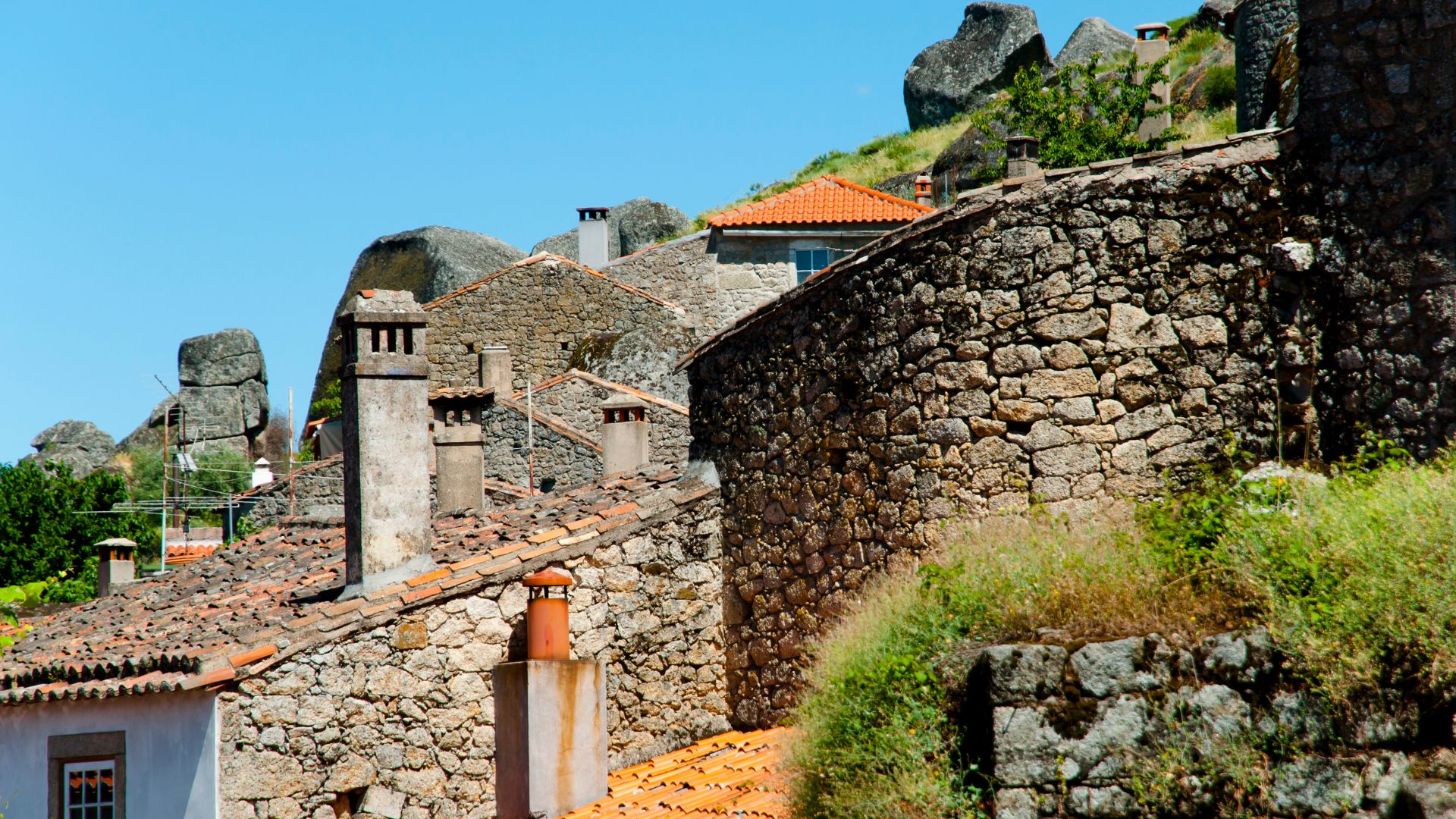
Why Monsanto Earned Its Unique Title
Back in 1938, Monsanto picked up the title “Most Portuguese Village in Portugal.” No one really explains exactly why, but it’s clearly about more than just history.
Monsanto’s buildings, culture, and dramatic hillside location all play a part. Most homes are literally built inside or beneath enormous granite boulders.
Some use the rocks as entire walls or even roofs, so the village almost disappears into the hillside. Red-tiled rooftops peek out between stones, and skinny staircases twist through gaps.
This style is just so unique—it makes Monsanto feel both ancient and almost magical.
I saw old men chatting on stoops and women sweeping cobblestones. Shops sell local cheese and crafts, and nearly every building has its own story.
Honestly, the title fits. The mix of tradition, looks, and spirit make Monsanto stick in your memory like few other villages.
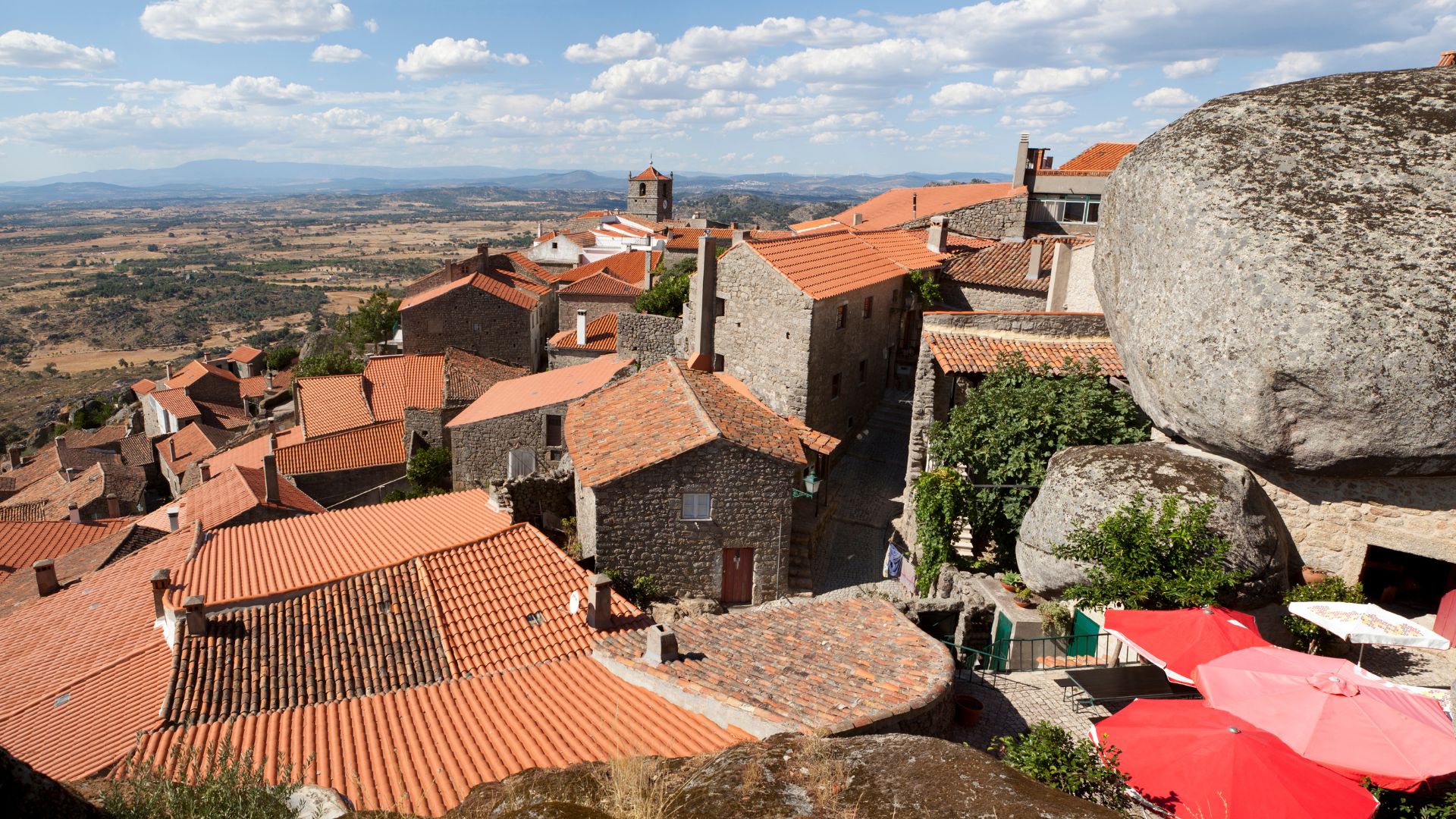
First Impressions and Arrival Experience
My first glimpse of Monsanto left me speechless. The village hugs the rocky slope, with houses tucked between boulders and a castle perched up top.
Driving in on winding roads, the views are just wow. Stone buildings seem to sprout straight from the rocks.
I parked in a little lot below the entrance and started trudging up the steep path. Right away, the sound of birds, the scent of wild herbs, and the feel of smooth granite underfoot made the place feel almost untouched.
The narrow lanes were quiet, except for a handful of villagers going about their day.
Stepping into Monsanto felt like stumbling onto a secret. Each corner revealed new angles of stone houses and hidden courtyards.
The old-world charm wasn’t for show—it’s woven into every detail, from the café terraces to the flowerpots clinging to ancient stone walls.
Walking Among Giants: Exploring the Boulders of Monsanto
Monsanto’s narrow streets twist through a maze of huge boulders and granite buildings. Every corner feels like a slice of living history.
There’s unique architecture, wild scenery, and hidden surprises everywhere.
Ancient Architecture Built Into Stone
Monsanto wowed me with houses tucked right into, under, and even between giant granite boulders. The way these homes blend with the rocks makes the village unforgettable.
A lot of buildings seem squeezed or carved into place, as if nature itself helped build every wall and roof.
Some doors and windows are framed by rough, ancient stone. Others almost disappear into the gray mass of the boulders.
Locals have made clever use of every natural formation, sometimes letting a boulder serve as a whole roof or wall.
The centuries-old church and tiny chapels show off the same rugged stonework, blending history with the landscape.
This close bond between people and stone gives Monsanto’s streets a storybook look. As I wandered, I’d stop just to run my hand along a rock face, feeling its cool, ancient surface.
Walking here, you never forget that nature and human life are tangled together.
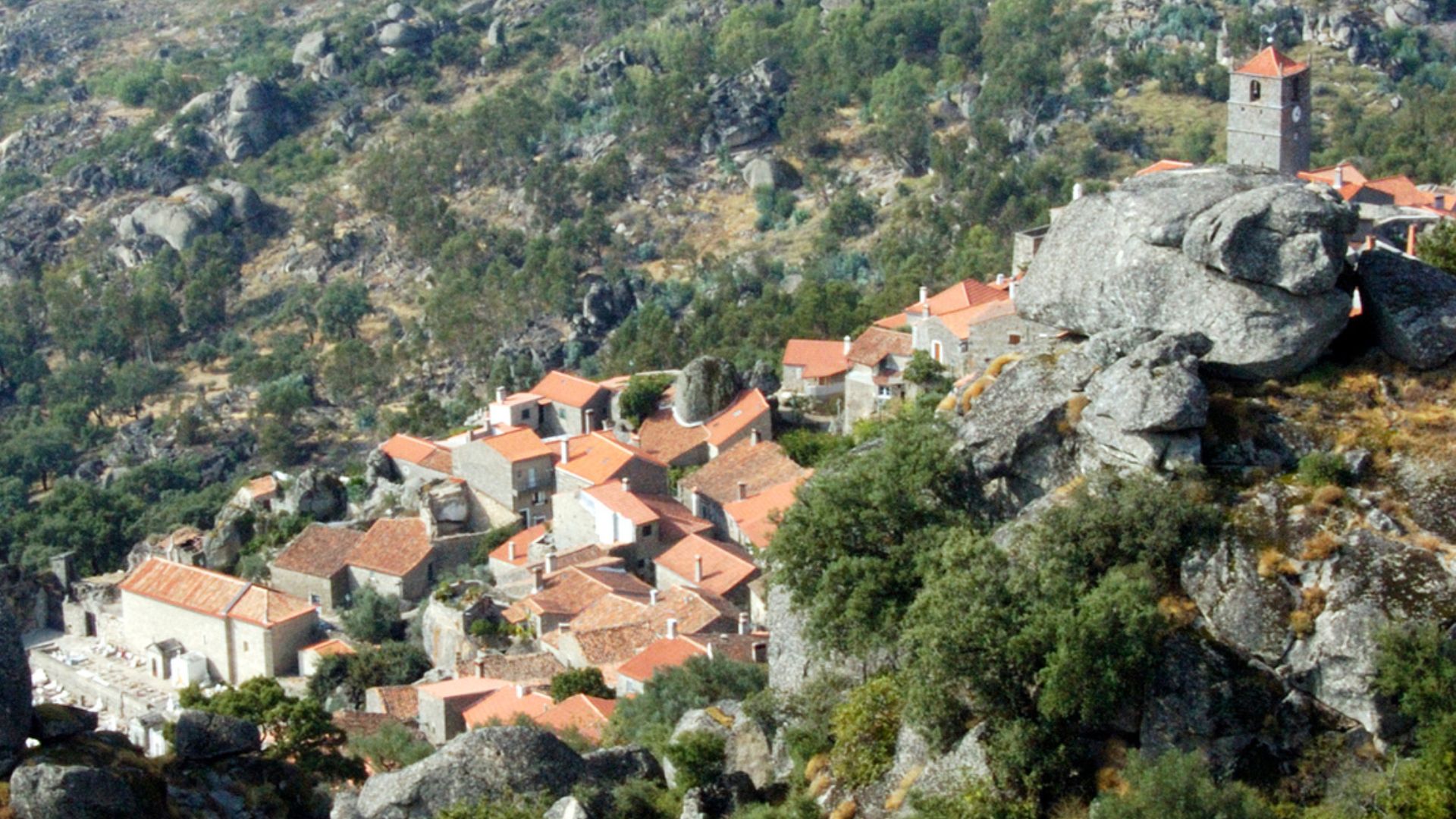
Unforgettable Scenic Views from the Hilltop
You’ve got to make it to the top of Monsanto. The climb is steep, but every step rewards you with a new panoramic view of the plains, villages, and rugged hills below.
From so many spots, I could look out over a patchwork of green fields and red roofs—each view seemed better than the last.
At the summit, the old castle ruin stands guard above the village. Up there, strong breezes sweep away every worry.
On a clear day, you can see almost forever. I found a spot to just sit quietly and watch the horizon fade away.
Tip: Bring water, wear sturdy shoes, and try to visit around sunset. The light turns golden and soft, and shadows across the boulders make the scene feel downright magical.
Hidden Gems and Secret Pathways
Wandering without a map is the best way to find Monsanto’s secrets. I stumbled onto narrow stairways carved into stone, tiny courtyards only locals seemed to use, and gardens growing in the cracks between rocks.
Some passages are so tight, they feel like tunnels, with cool, echoing steps underfoot.
Signs of ancient life are everywhere. I spotted old tools built into house walls and found a few carved-out wells that have probably been used for centuries.
Sometimes I’d just stumble onto a quiet square with weathered benches or a viewpoint over the whole village.
If you love exploring off the beaten path, Monsanto is packed with hidden gems. Even when I thought I’d seen it all, another alley or side street would pop up, making every walk feel like a new adventure.
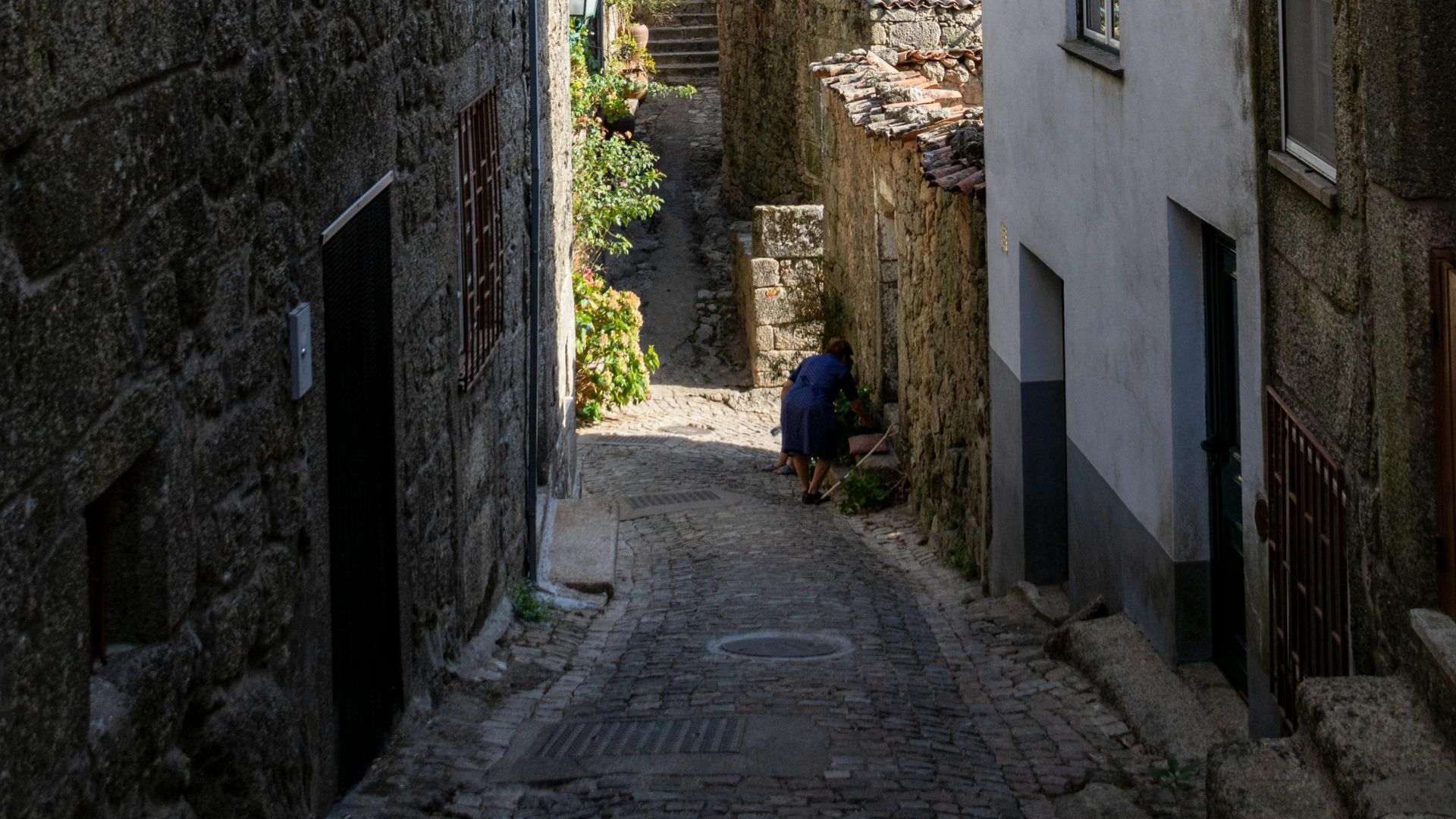
Must-See Sights and Historic Landmarks
Monsanto’s magic comes from its giant boulders, ancient buildings, and a sense of living history. Every landmark felt like stepping into a storybook that could only exist in Portugal.
Monsanto Castle: Fortress on the Rocks
Climbing the hill toward Monsanto Castle, I quickly saw why it’s the village’s crown jewel. The steep, rocky path winds past massive granite boulders and leads up to thick medieval walls perched right on the cliffs.
The Knights Templar built this 12th-century castle. Inside the walls, I wandered between stone towers and broken battlements.
The views are breathtaking—sweeping panoramas of the plains and rooftops below. I spent a few quiet moments just staring out, soaking it in.
The castle shows off layers of history: signs mark old cisterns, stables, and secret tunnels. Info boards help make sense of the ruins, and sturdy shoes are a must since the ground is pretty rough.
If you love castles, this one’s a highlight for sure.
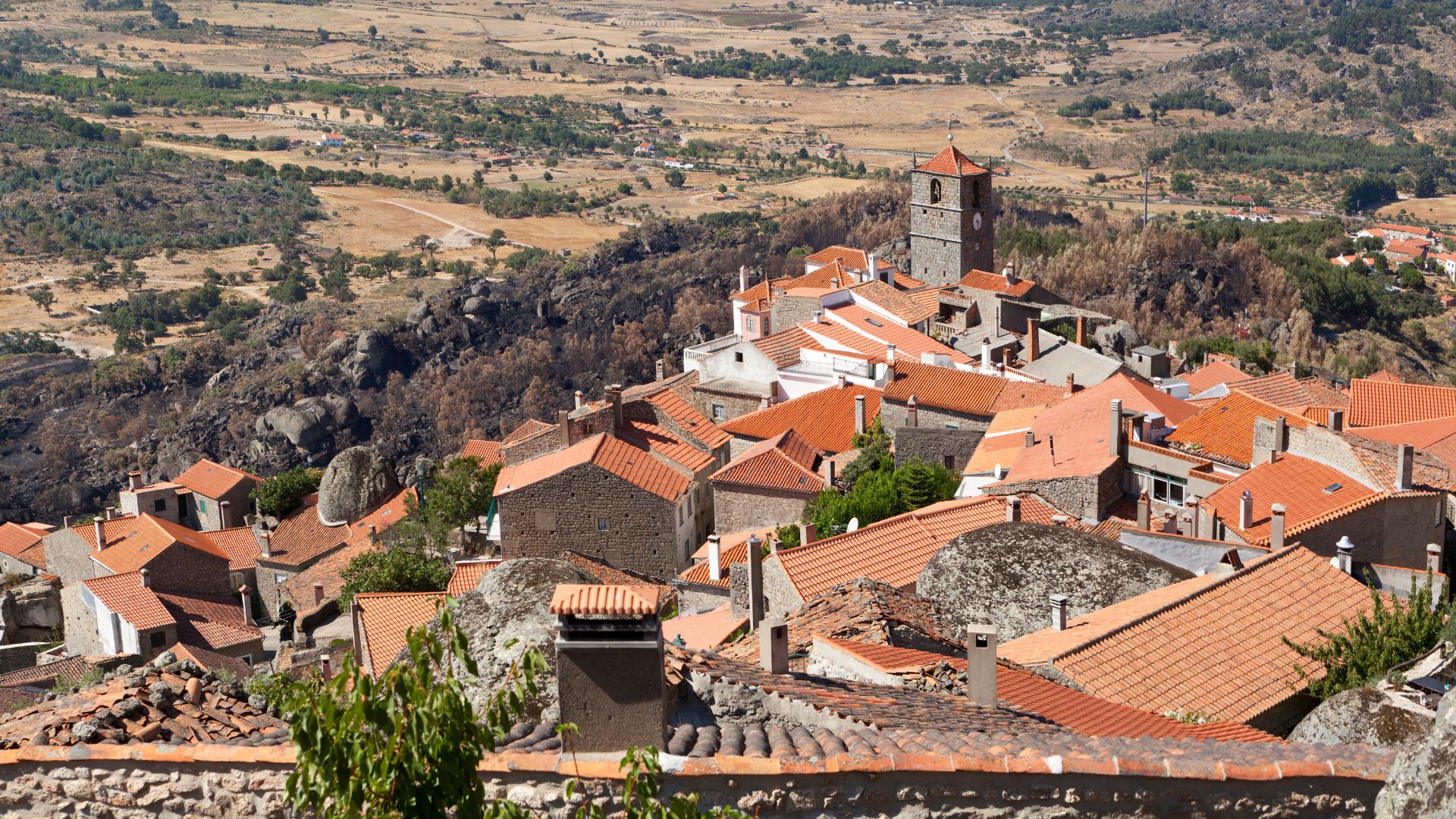
Chapel of São Miguel: Sacred Amidst Stone
Hidden among the giant stones below the castle, the Chapel of São Miguel is easy to miss but totally worth finding. Its 12th-century Romanesque style is simple and small, creating a peaceful spot away from the crowds.
The chapel is partly ruined, but the stone arches and doorway have survived for centuries. Inside, I noticed how the boulders crowd close, almost as if the chapel grew out of the rock.
Medieval grave markers scatter around the entrance, adding to that feeling of ancient village life. Early in the morning or late in the day, it’s wonderfully quiet here—perfect for a bit of reflection or snapping a unique photo.
Traditional Houses Wedged Between Boulders
One of Monsanto’s wildest features is how homes are built right into, under, and around enormous granite rocks. As I wandered the narrow streets, I loved spotting houses with a single massive boulder forming half the roof or wall.
These traditional homes give Monsanto its “most Portuguese village” claim. Doors and windows peek out from beneath rock ledges, and some doorways are so low you have to duck to get inside.
Locals still live in many of these houses, keeping traditions alive. Many buildings have little plaques sharing their stories, and it’s fun to see people selling handmade crafts right from these ancient dwellings.
If you’re even a little bit into architecture or history, seeing how daily life fits around these colossal stones is something you won’t forget.
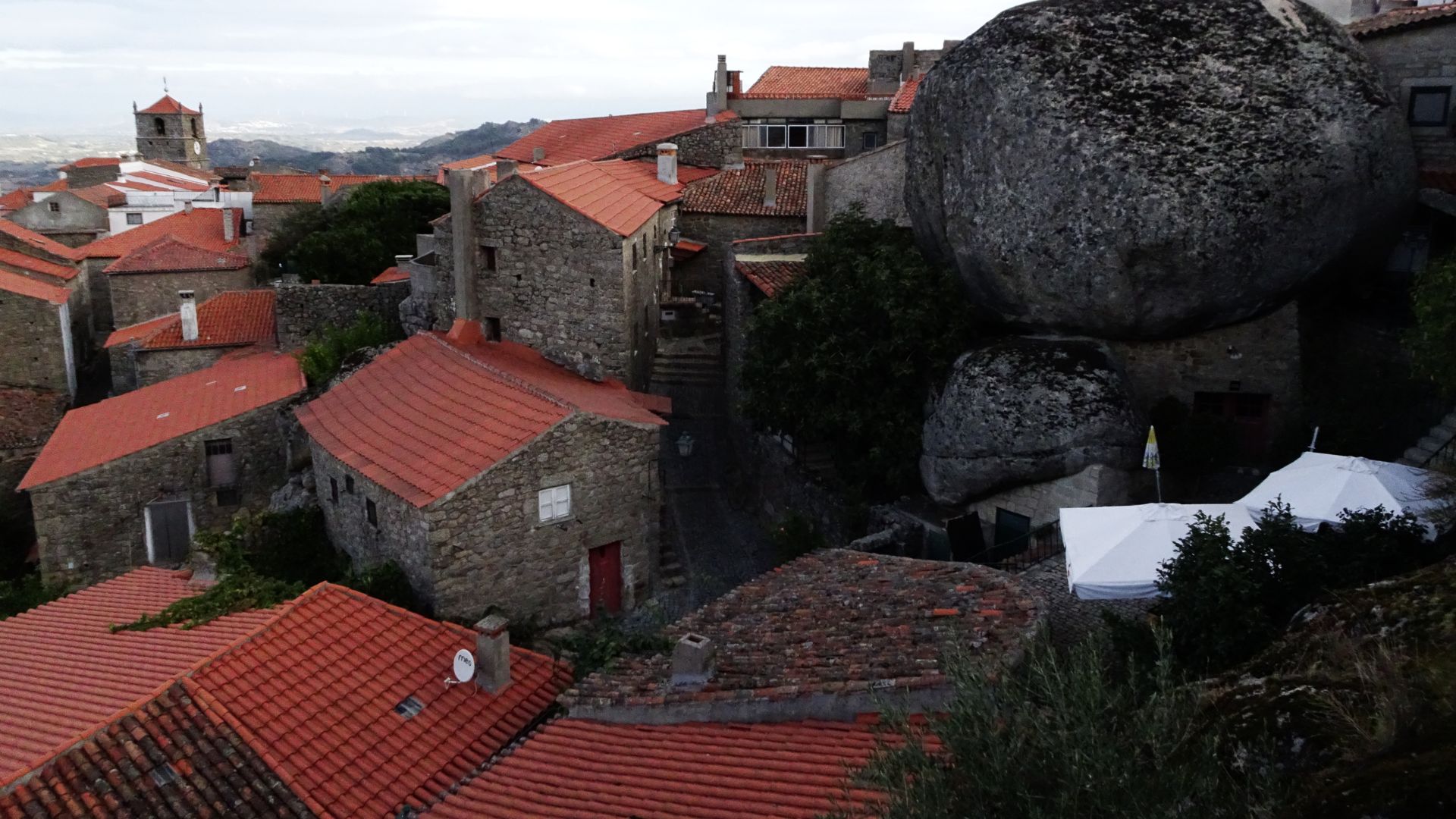
Tips for an Unforgettable Monsanto Adventure
Wandering through Monsanto really does feel like stepping into a storybook. A few simple details can make your experience even better, from timing your visit to knowing where to find the best hidden corners.
Best Times to Visit for the Perfect Experience
Late spring and early autumn are my favorite times to visit Monsanto. The weather is mild, and crowds are thin.
I love catching the golden light in late afternoon when the sun glows on red tile roofs and giant boulders. Summer gets hot, especially if you’re climbing those steep paths.
In winter, fog and rain might hide the views, but the quiet brings a different kind of magic. Many shops shut down in the off-season, so check opening hours if you’re planning a winter trip.
Arrive early or stay overnight if you can. Sunrise and sunset both offer unforgettable views. Try to skip public holidays and weekends—local festivals can pack the village.
Practical Travel Advice and Local Insights
Monsanto is hilly, and the cobblestone streets get slippery. Comfortable walking shoes are a must—I learned that the hard way after nearly wiping out near the castle.
Layers help, since the temperature swings between sun and shade.
Getting there: The village sits off the main tourist trail. I rented a car, since public transport is pretty limited.
Parking is usually outside the village, so get ready for a bit of a walk uphill.
Locals are friendly, and many speak some English, but even a few words of Portuguese make a difference. Try the bakery for fresh bread or local cheese, and don’t miss the café next to the boulder house for coffee with a view.
I always bring a refillable water bottle and a camera—every corner is begging for a photo. Respect the peaceful vibe, and remember, people actually live here year-round.
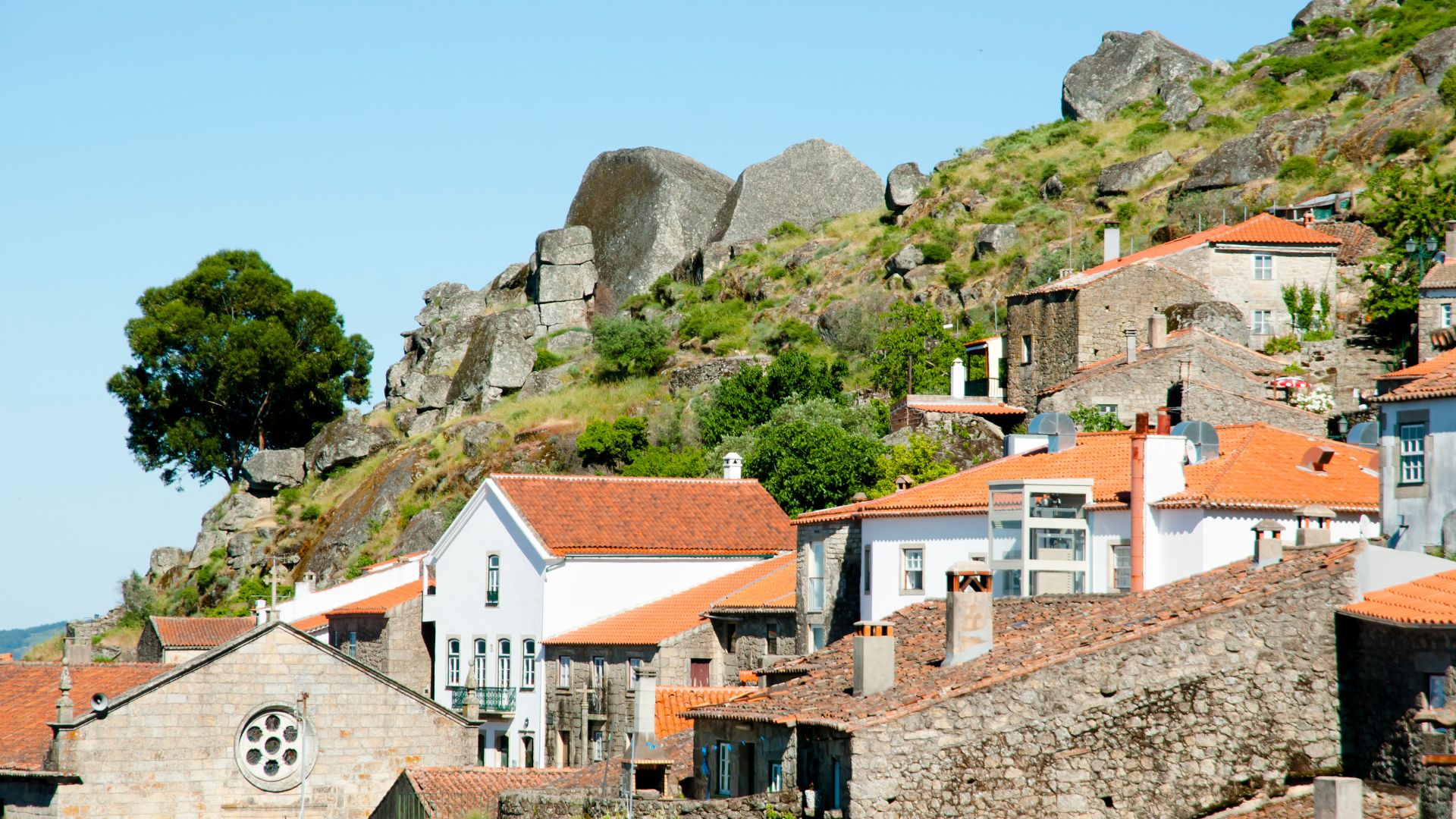
Beyond Monsanto: Exploring More of Portugal’s Hidden Treasures
After wandering Monsanto’s boulder-strewn lanes, I found myself wanting even more of Portugal’s lesser-known wonders. The country is full of unique villages, dramatic landscapes, and historic sights—each one with its own surprises.
Charming Villages: From Piódão to Costa Nova
Piódão sits tucked into the slopes of the Serra do Açor mountains. Walking into this schist village, I honestly felt like I’d stumbled onto a movie set.
The stone houses and blue-framed windows really pop against all that thick greenery. Locals love to keep flowerpots by their doors, and at dusk, the whole place glows under these soft village lights.
Costa Nova, though, is a different vibe—think color and salty air. Those striped wooden houses, painted in wild reds, blues, and yellows, line the edge of the Aveiro estuary.
I watched fishermen haul in their catch by the water. Later, I grabbed fresh seafood at a no-frills café right on the beach.
| Village | Best For | What Stands Out |
|---|---|---|
| Piódão | Mountain village feel | Dark stone houses, blue trim |
| Costa Nova | Beachside relaxation | Striped houses, seafood, sunsets |
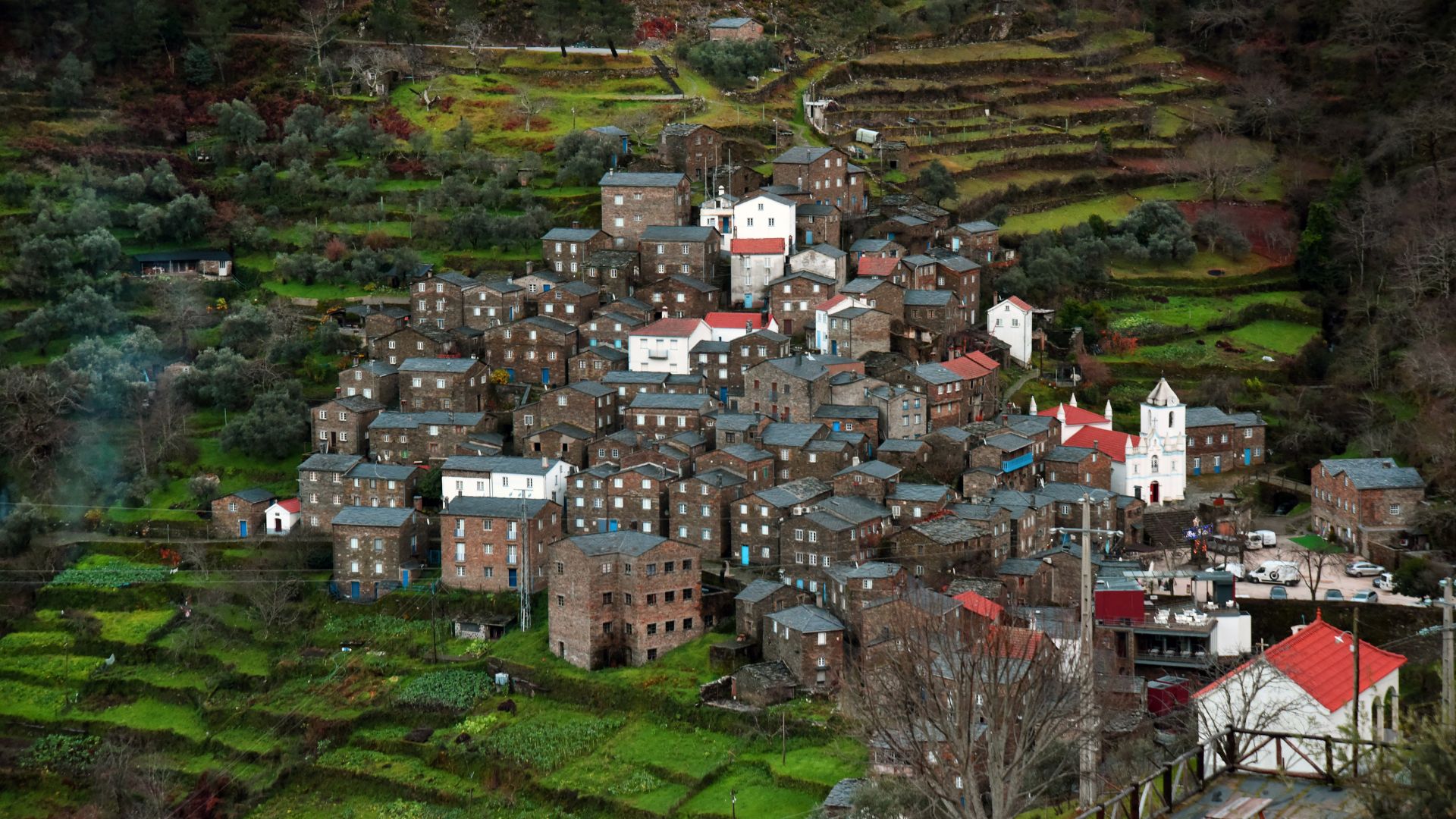
Must-See Sights in Sintra and Algarve
Sintra’s palaces barely need an introduction. The bright turrets of Pena Palace rise above the forest, and I spent hours just wandering its walkways and gardens.
The Moorish Castle stands nearby, giving you sweeping views and a sense of history that lingers in the air. Sintra village has these cozy pastry shops—honestly, perfect for a quick break.
Down south, the Algarve coastline feels like a wild tapestry of cliffs, golden beaches, and turquoise water. In Lagos, I kayaked through sea caves and lounged on Praia Dona Ana’s crowded but gorgeous sands.
Small towns like Tavira bring a quieter charm, with cobbled streets and those classic tiled houses. Each day felt different—maybe that’s the best part.
Must-see:
- Pena Palace, Sintra
- Moorish Castle, Sintra
- Praia da Marinha, Algarve
- Algarve sea caves, near Benagil
Natural Wonders: Boca do Inferno and Beyond
I stood right at the edge of Boca do Inferno near Cascais, watching the waves slam into the rocky gap below. The sea’s power here really pulls you in, though I’ll admit—it’s a little intimidating.
You can get to this seaside chasm from Lisbon without much trouble. Honestly, if you love wild, dramatic places, it’s worth a visit.
But Boca do Inferno isn’t the only gem along Portugal’s coast. The cliffs at Cabo da Roca stand tall at Europe’s westernmost point.
Winds whip along the trails, and the views stretch out forever. Further north, I wandered into Peneda-Gerês National Park.
There, I trekked through old forests and, almost by accident, found quiet waterfalls and hidden pools. Every spot along Portugal’s wild edge seemed to offer something new, far from the usual crowds.

